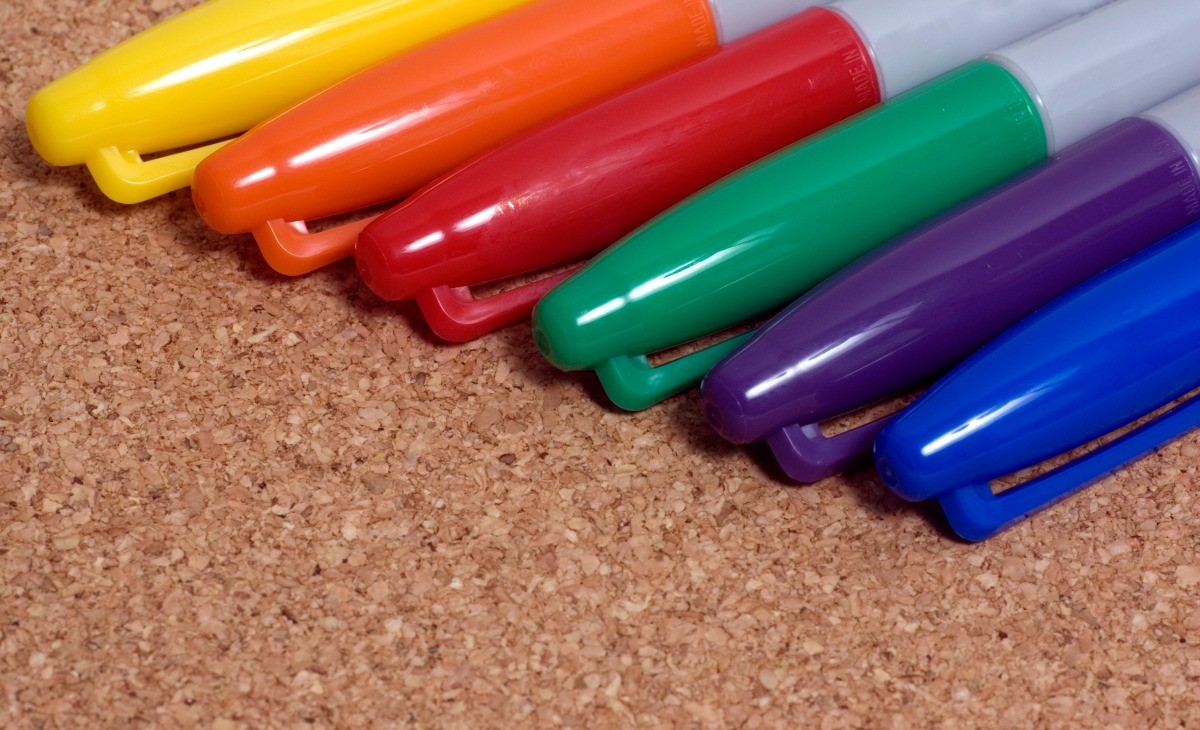
First, wet erase pens use a paste instead of an alcohol-based ink which makes the markings semi-permanent. But wet-erase ink has a few major differences from typical dry erase markers. Wet erase markers, also commonly referred to as wet-wipe markers, can be used on any non-porous surface, which makes them great for a variety of materials. If you can, try more than one method and compare them.Shop All Wet Erase Boards Wet Erase Markers
REMOVE EXPO MARKER FROM CLOTHES HOW TO
If you need some strategies for cleaning a whiteboard, use some of the methods detailed in How To Erase Old Marks Off a Dry Erase Board. Occasionally, it's necessary to do a thorough cleaning job on a whiteboard to erase completely all the marks that have piled up over time. Over time, whiteboards accumulate a lot of stray marks that don't necessarily disappear completely when erased.If you're unable to purchase one, make one from an unused picture frame! Follow the instructions found here on the One Good Thing blog.What else could you use a white board for? Using a white board in the kitchen can be a neat and easy way to keep track of dinner menus for the week or even lists of chores to do. If possible, find a small white board you can purchase to use at home. Do you have a white board at home? If not, ask an adult friend or family member to take you on a field trip to a local store to check out their selection of white boards.There are also a variety of liquid solvents that can be used to clean whiteboards thoroughly.Īre you ready to write? Check out the following activities with a friend or family member: Fortunately, a damp cloth will often remove those pesky marks. Heavy use and repeated erasing can leave remnants of past marks. While much easier to erase than traditional chalkboards, whiteboards can accumulate stains over time. Whiteboards became especially popular in schools as a healthier alternative to chalkboards and the potential allergy and health risks related to chalk dust. Today, millions of classrooms, offices, and conference rooms around the world feature whiteboards. The easy clean-up of dry-erase markers, combined with new whiteboards made out of cheaper materials, such as laminated chipboard, resulted in a boom in their popularity in the 1990s. With a simple wipe of an eraser, cloth, or paper towel, dry-erase markings are gone! This allows them to be used on whiteboards without requiring messy clean-up. That all changed in 1975 when Jerry Woolf invented the dry-erase marker.ĭry-erase markers are non-permanent markers that contain erasable ink that adheres to whiteboards without binding to or being absorbed by them. They could be expensive and did not sell particularly well, especially since they had to be cleaned with liquids. Some of the earliest whiteboards were made out of either film laminate or enameled steel. From the start, they were intended to feature smooth, non-porous writing surfaces that could be erased quickly and easily. Depending on who you ask, they got their start in either the late 1950s in England or the early 1960s in the United States. Whiteboards can be made from many different materials. While just about any marker will make a mark on a whiteboard, not all of those marks can be easily erased, which is what the inventors of the whiteboard intended. When it comes to using markers on a whiteboard, though, you have to be careful which markers you use.


Instead of using white chalk on a black chalkboard, teachers can now use a variety of different colored markers on a whiteboard.

For those teachers who still prefer to write on a large board, chalkboards have largely been replaced with whiteboards. Today, many different types of new technology have replaced chalkboards in schools around the world. Some students would head for wet paper towels to clean the remaining chalk residue off the board, while others would be sent outside with the erasers to bang them together in an attempt to clean them of layers of chalk dust.

By the end of the day, a chalky haze covered the board and students would be required to clean up. Before tablet computers, overhead projectors, and whiteboards, chalkboards were used by teachers to write out daily lessons for students.īack in those days, you had to take notes quickly before the teacher erased the chalk markings and started over. Up until a few decades ago, chalkboards were one of the primary tools in a teacher's arsenal. You can even buy chalkboard paint to use on indoor walls to create fun surfaces to decorate with chalk drawings or grocery lists right in your own home.Ĭhalkboards were not always the popular canvases for children's art that they are today. Do you like to play with sidewalk chalk? Using chalk to create outdoor masterpieces is a pastime enjoyed by many children all over the world.


 0 kommentar(er)
0 kommentar(er)
